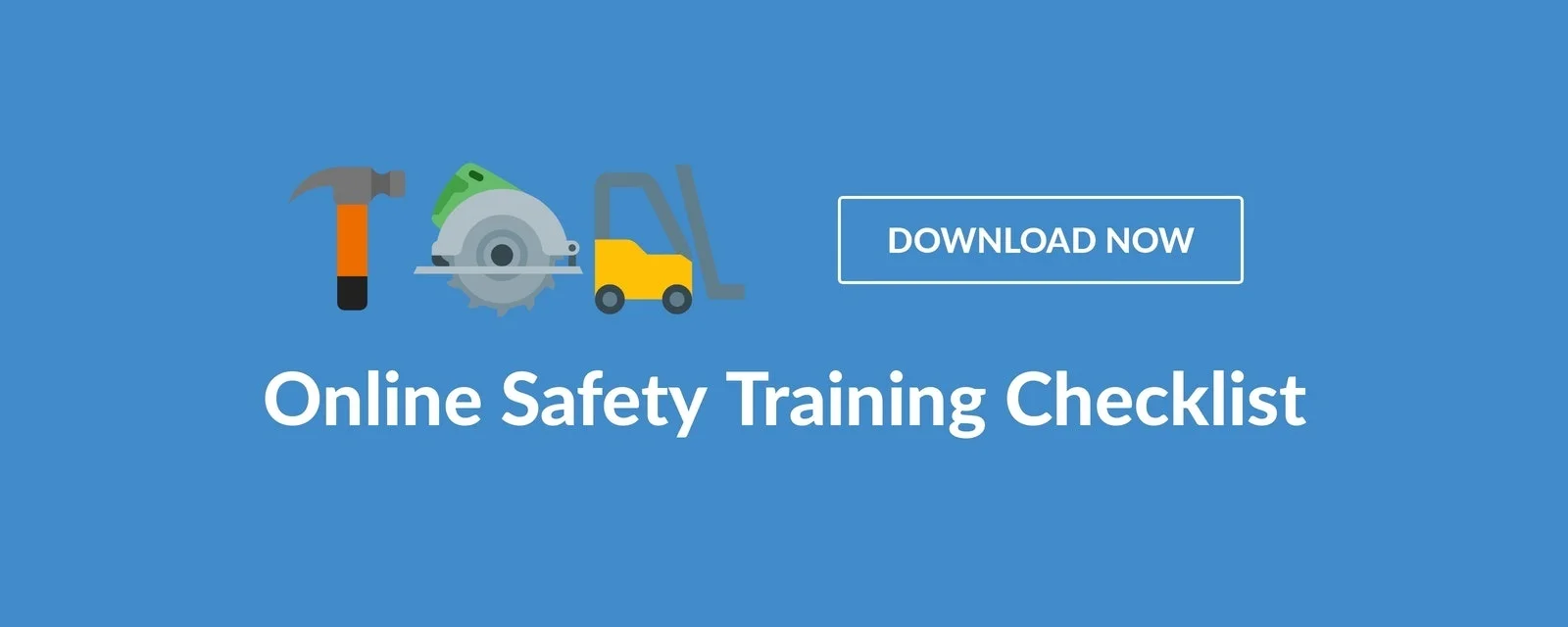The effectiveness of online training depends on many factors, and one of them is well-defined learning objectives. If you write actionable and measurable learning objectives, you will guide your employees through the challenging training process and help them achieve greater results.
In this article, we will share tips on how to write winning learning objectives from scratch.
Let’s get started!
Define Your Goal
Before you jump into writing learning objectives, you should answer a few important questions:
-
What makes you think that your employees need online training?
-
What problem do you expect a training program to solve?
-
What goals do you want to achieve with the help of the chosen online training?
Get a clear idea of why you should train your employees and how it will benefit your company. It will help you formulate your learning objectives the right way.
Conduct A Training Needs Assessment
The next step you should take is to conduct a training needs assessment. You should analyze what your employees already know on the chosen topic and what kind of knowledge they are currently missing.
It will help you choose the most suitable online training for your team. And, most importantly, it will help you set realistic (not too low and not too high) expectations and write effective learning objectives.
Focus On Microlearning Objectives
Now you can write the first draft of the learning objectives. At this point, you should focus on microlearning objectives rather than generalized objectives. You should describe the specific results you expect your employees to achieve.
Let’s say you strive to improve workplace safety and want your employees to enroll in safety training. You should avoid making vague statements like this:
-
After safety training, employees will understand the importance of accident and emergency response and procedures.
-
Employees will get familiar with evacuation procedures, including routes and exits in all production facilities.
-
Employees will learn how to use fire extinguishers and first aid kits.
You should make your learning objectives more specific:
Discuss It With Your Employees
Your expectations are not the only thing that matters. If you want to write effective learning objectives, you should also know the opinion of your employees.
Therefore, we highly suggest you talk to three or five of your key employees and determine their expectations. Here are a few questions you can ask your team:
-
What kind of knowledge do you expect to gain from this online course?
-
What kind of skill assessment does appeal to you the most?
-
How much time are you ready to allocate for this online training?
Keep It Simple
You write learning objectives to help your employees understand what they are learning and why they are doing it. So make sure to keep your writing clear and simple. Don’t use sophisticated words or industry-specific terms that your employees may not know.
If you write your learning objectives for a diverse team, which includes not-English native speakers, you should use plain English. Keep your sentences short – about 15 to 20 words – and use the more common version of two words if they mean the same thing.
Talk About Personal Benefits
No matter how loyal your employees are, they care about their personal wellbeing more than they care about your company’s successes. Therefore, you should explain to your employees how online training will benefit them personally.
When writing learning objectives, you should answer your employees’ questions: “Why should I take online training? What’s in it for me?” If you provide comprehensive answers, you will engage employees in the training process and achieve higher results.
Here are a few examples of learning objectives that emphasize personal benefits rather than corporate benefits:
-
After this safety training, employees will be able to select, use, and maintain hearing protectors to prevent hearing loss.
-
By the end of this course, employees will be able to recognize the signs and symptoms of heat stress and know how to prevent heat-related and cold-related illnesses.
Your main task here is to assure your employees they need this knowledge to protect their health and excel in their careers.
Choose Verbs Wisely
Probably one of the most common mistakes of writing learning objectives is overusing the word “understand”. “Understanding” can have lots of different meanings, and it can be challenging for you to evaluate whether an employee “understands” a concept or not.
To write proper learning objectives, you should choose verbs that communicate knowledge and describe a specific action. Here is a list of suitable words to use:
-
Define
-
Indicate
-
Compare
-
Review
-
Recognize
-
Recall
-
Apply
-
Complete
-
Demonstrate
-
Detect
-
Differentiate
-
Employ
-
Illustrate
-
Solve
-
Practice
-
Choose
-
Evaluate
-
Use
Proofread Your Learning Objectives
The final step you should take is to edit and proofread your learning objectives. You should correct grammar mistakes, if any, and polish your writing. In such a way, you will ensure that your learning objectives are free from any errors that may cause miscommunication.
Review And Update
Are you going to use a chosen online training topic more than once? Make sure to revisit your learning objectives and update them when necessary.
For instance, if you leverage safety training for employee onboarding, you should review your learning objectives once every few months. You need to keep the objectives up to date to guarantee the effectiveness of the training process.
Wrapping up
Use this article as a guide to writing learning objectives. All the tips mentioned above will ease your work and boost your employee training efforts. And remember that learning objectives writing is a great way to motivate employees to acquire new skills and become better professionals in their fields.






Leave a Comment